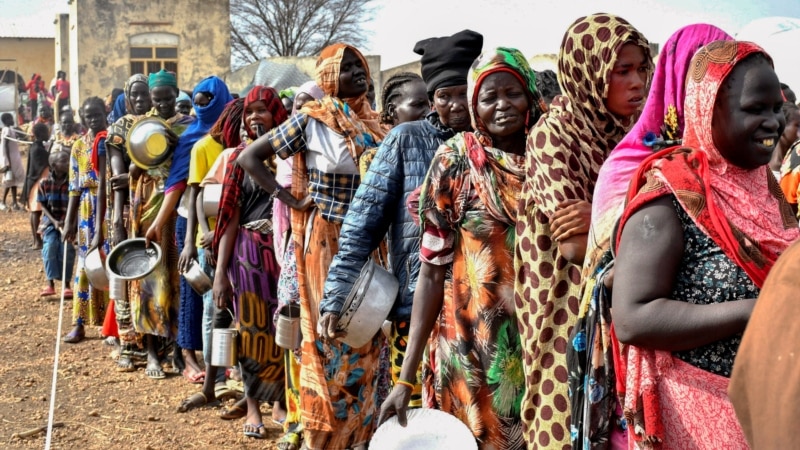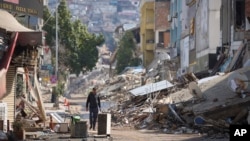This website uses cookies so that we can provide you with the best user experience possible. Cookie information is stored in your browser and performs functions such as recognising you when you return to our website and helping our team to understand which sections of the website you find most interesting and useful.

The 2020s have not been kind. The decade began with the COVID-19 pandemic and has since seen climate disasters and conflicts impact millions around the world; but last year was particularly difficult.
The U.N. Refugee Agency, UNHCR, said Friday in a new report that it responded to the highest number of emergencies in a decade last year. The Emergency Preparedness and Response in 2023 report recorded 43 emergency declarations in 29 countries.
Driven by the deadly February earthquakes in Turkey and Syria and Cyclone Mocha that tore through Myanmar and Bangladesh in May, and the eruption of internal armed conflict in Sudan in mid-April, UNHCR said new crises, plus the deterioration in old unresolved situations, have stretched its capacity to respond.
“Whether sparked by conflict, human rights violations, natural disasters or extreme weather events, these emergencies have resulted in a surge of displacement, leaving countless individuals and families in desperate need of humanitarian assistance and protection,” said Dominique Hyde, UNHCR Director of External Relations. “The scale of human suffering is unmeasurable and a stark reminder of the imperative for collective action and solidarity.”
Globally, there were a record 114 million refugees and displaced people in 2023. The number is expected to grow to 130 million this year. UNHCR says despite raising more than $5 billion last year, including $4.6 billion for emergencies and protracted crises, a $400 million shortfall by year-end prevented it reaching everyone targeted for assistance.
The sheer scale of the emergencies is daunting.
In Turkey and Syria, UNHCR figures show nearly 24 million people were affected by last February’s earthquakes. In Libya, 900,000 people across five provinces were directly affected by flash floods. In Bangladesh and Myanmar, more than 10 million were impacted by Cyclone Mocha in May while Sudan has become the world’s largest displacement crisis, with more than 7 million people forced to flee the fighting that erupted in April.
Afghans also faced new challenges in 2023. More than 100,000 were left in need of humanitarian assistance after two powerful earthquakes struck the Herat Province in October.
That same month, Pakistan’s government announced it would deport all undocumented Afghans living in the country. Some had been there for decades. UNHCR says nearly 479,000 returned to Afghanistan between mid-September and the end of December — over 29,000 of them were deported by the Pakistani authorities.
In Central and South America, more than a half million refugees and migrants cross the dangerous Darien passage headed for North America.
Old unresolved disputes also resulted in emergencies last year.
More than 100,000 Armenians left the enclave of Nagorno-Karabakh in Azerbaijan, when fighting erupted between the two countries over the disputed territory.
In the eastern Congo, more than 7 million people were affected by fighting between the military and armed groups.
The U.N. Refugee Agency said it launched a rapid response to these and other crises, reaching nearly 17 million vulnerable and needy people with essential shelter supplies and other relief items last year.



 Africana55 Radio
Africana55 Radio 

